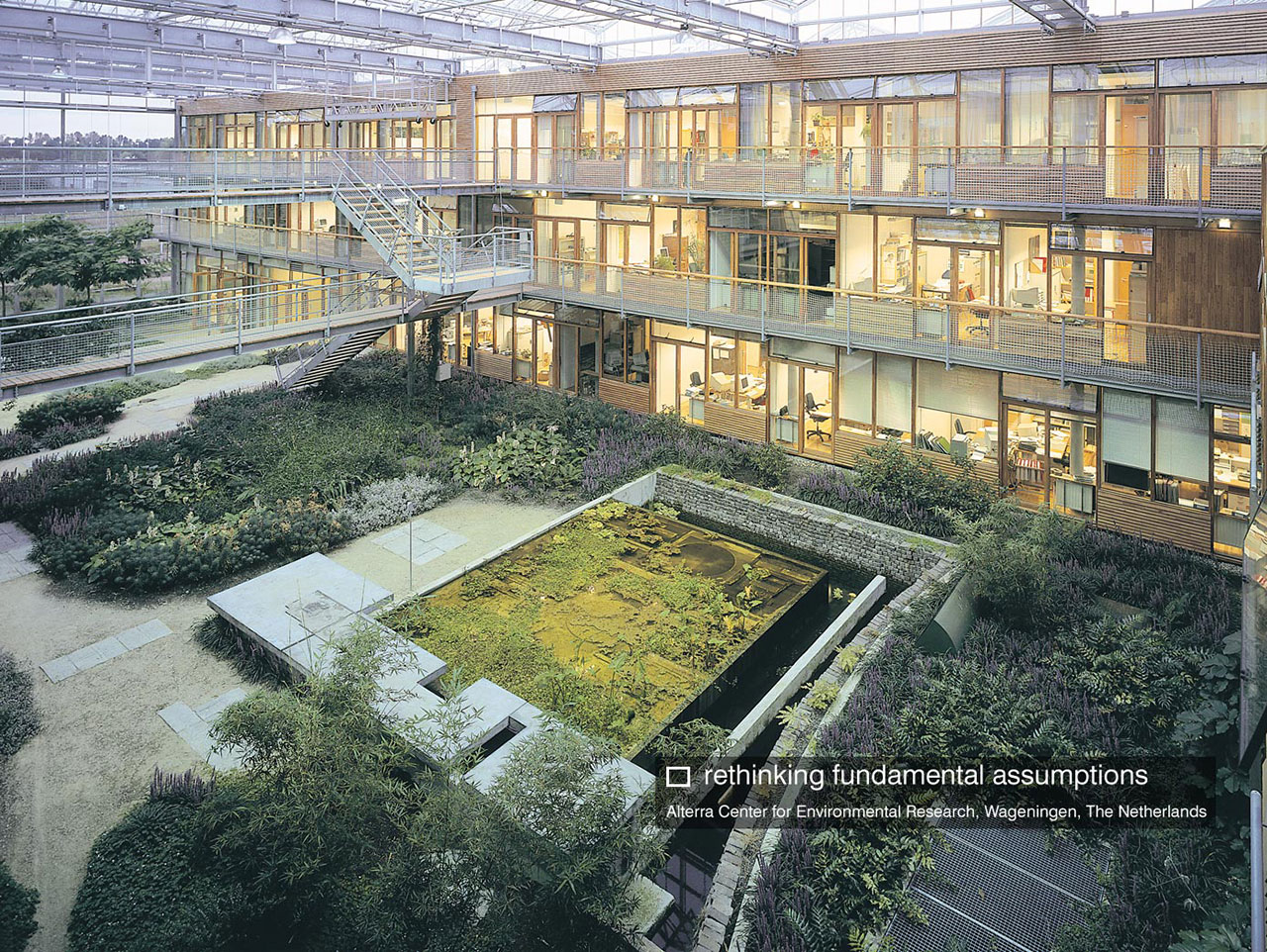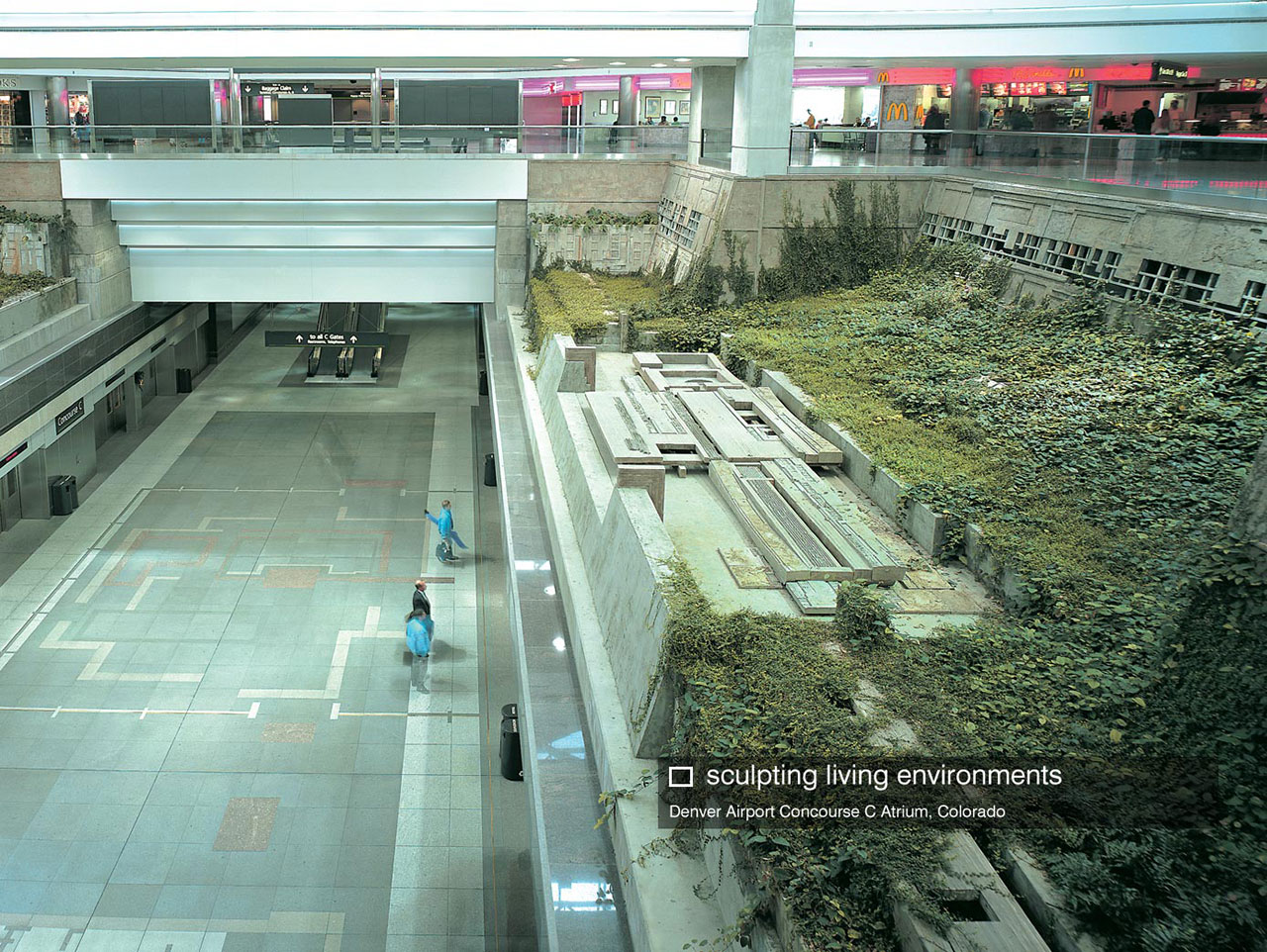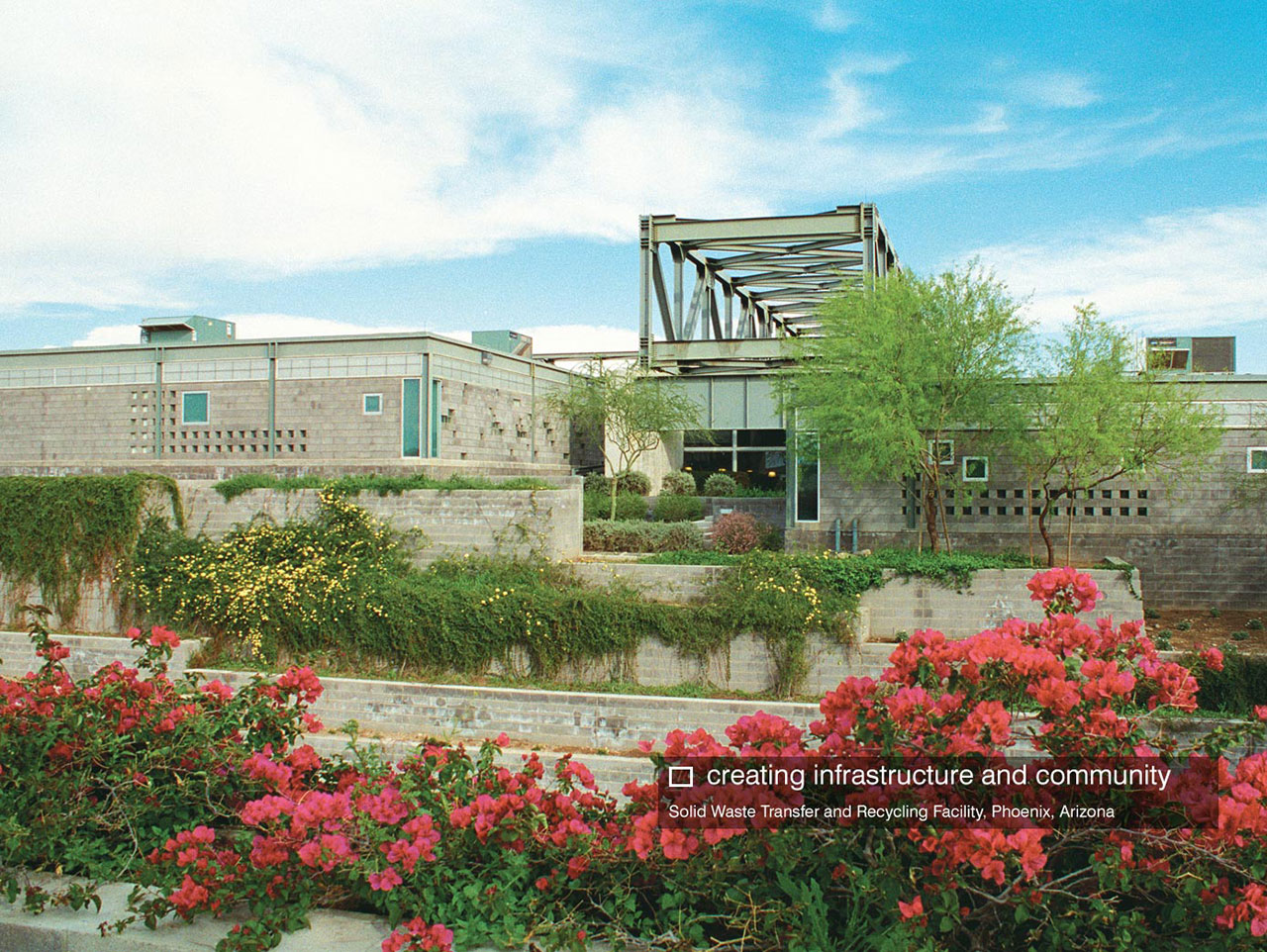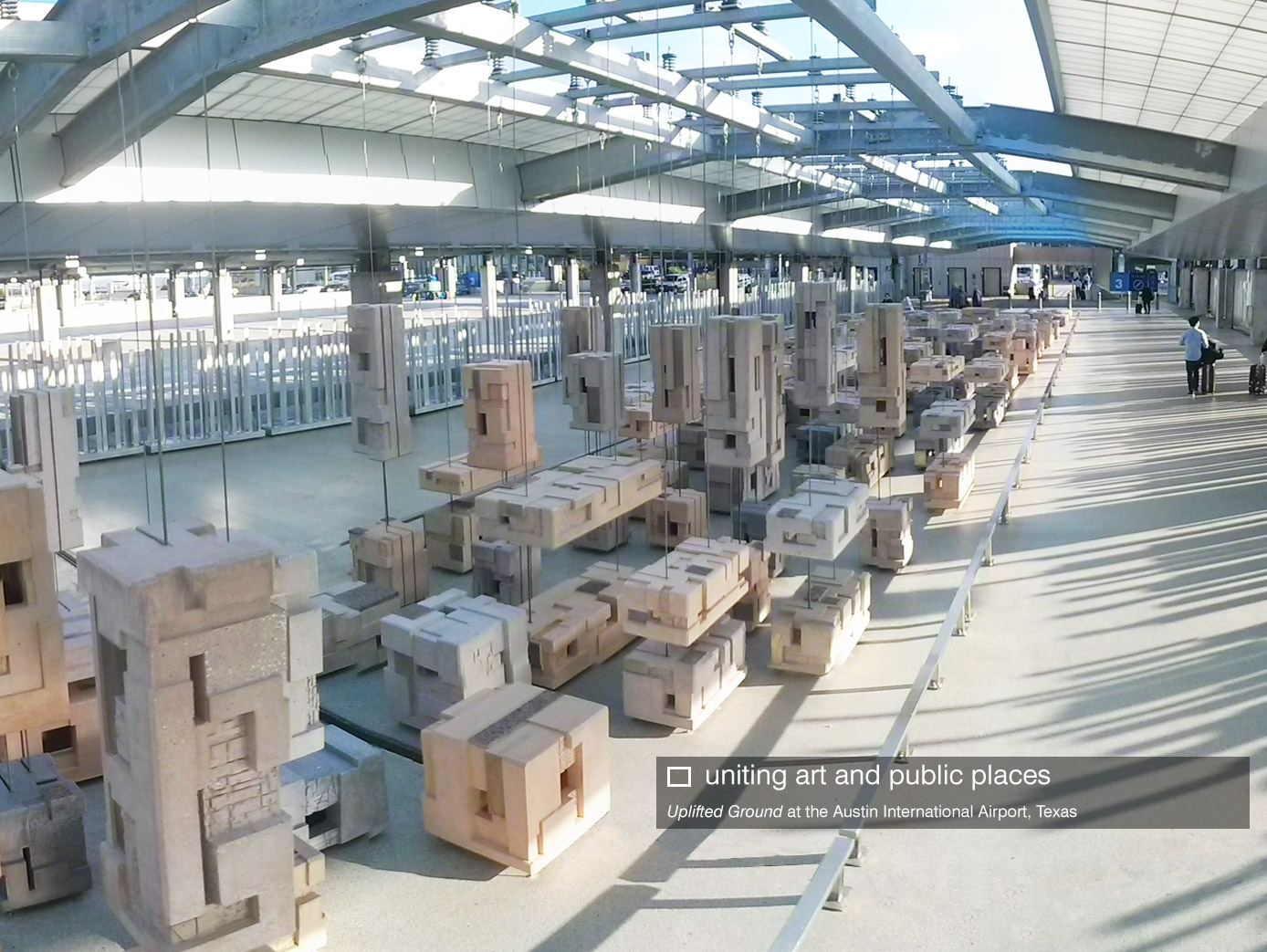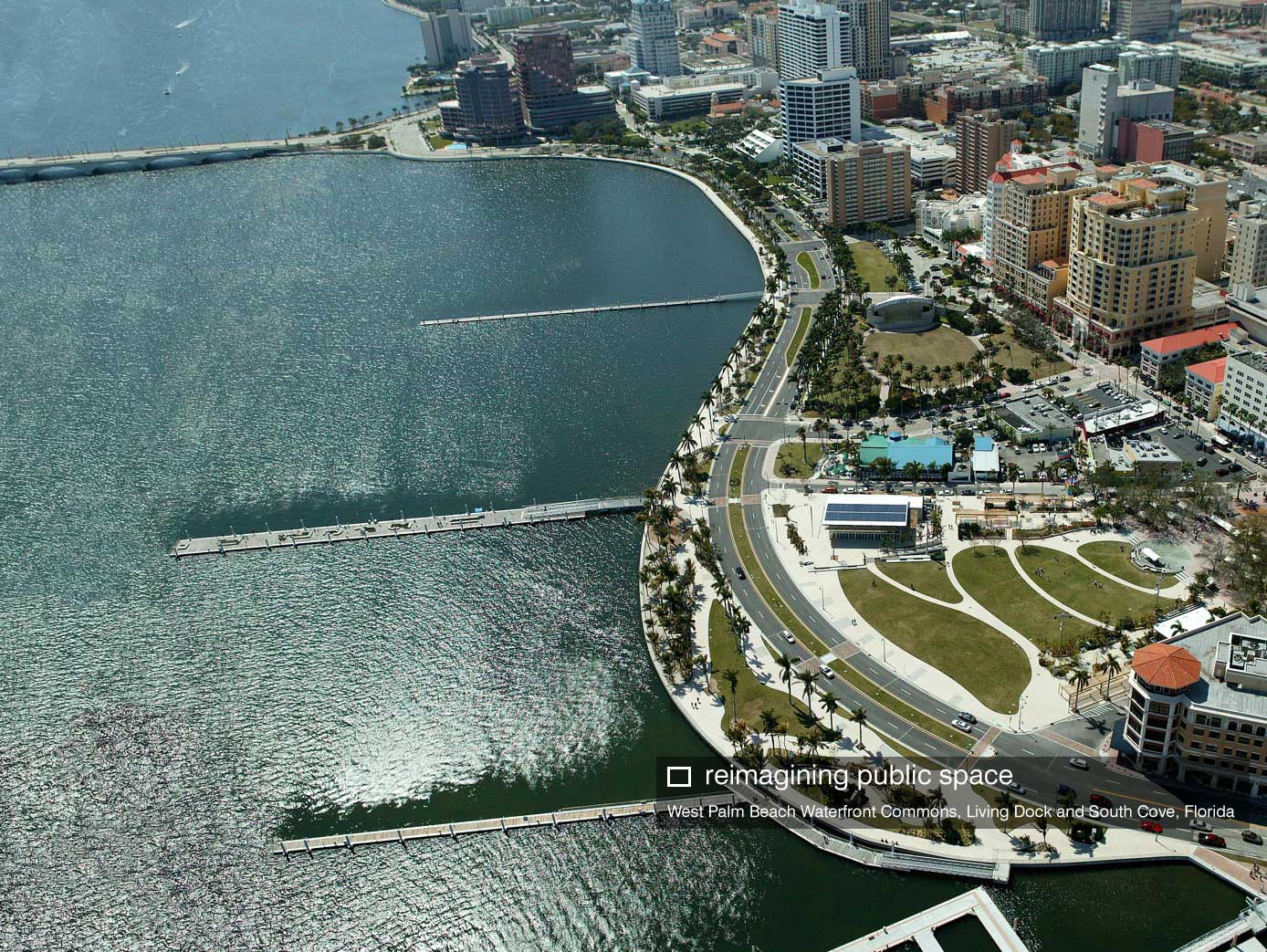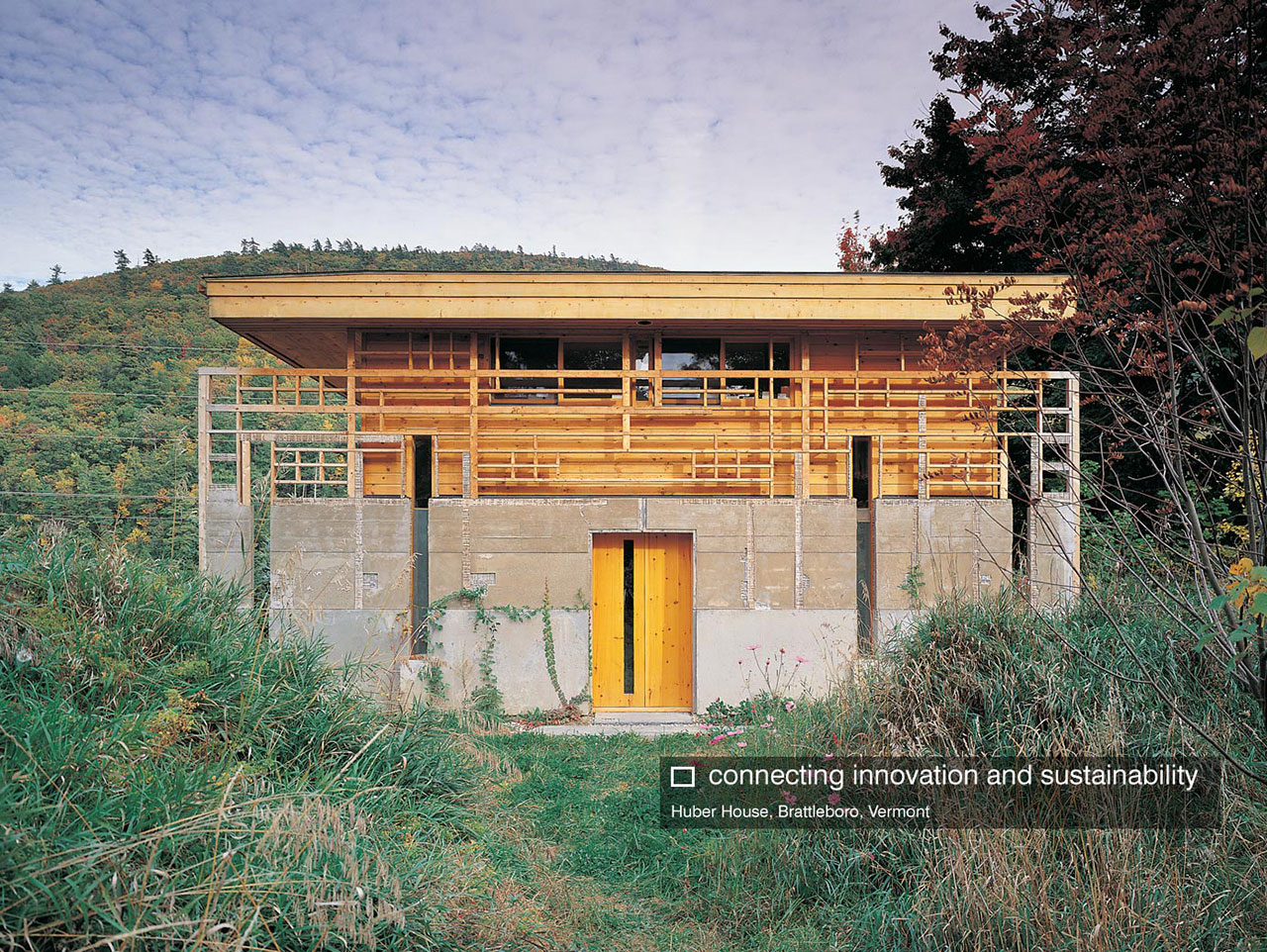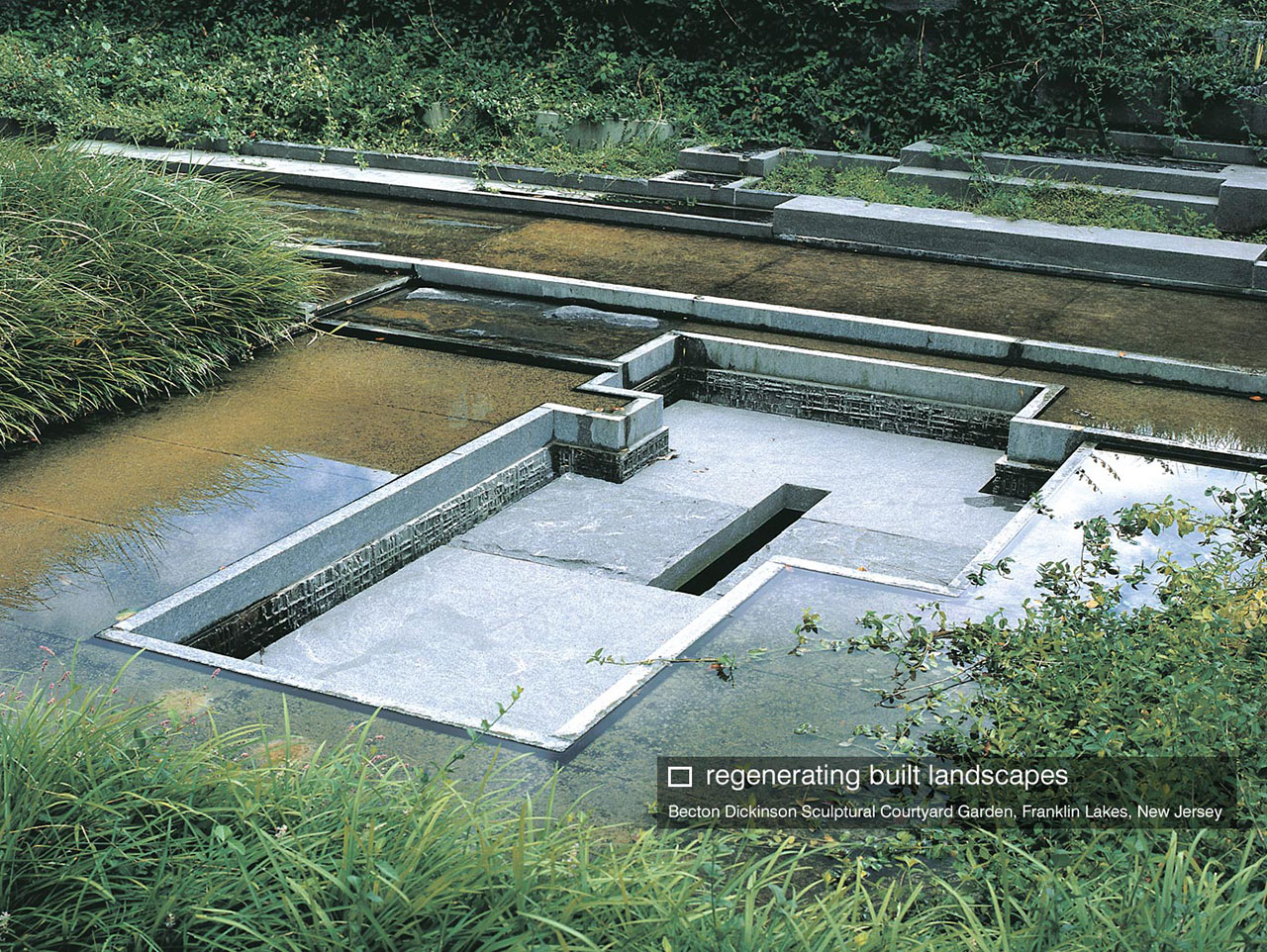Biography
Michael Singer – Select Biography
Artist and Principal Designer, Michael Singer Studio
Throughout the 1970’s and 1980’s Michael Singer’s work opened new possibilities for outdoor and indoor sculpture and contributed to the definition of site specific art and the reimagining of public places. From the 1990’s to the present his work has been instrumental in transforming public art, architecture, landscape, and planning projects into successful models for urban and ecological regeneration. Singer has also been engaged in the rethinking of infrastructure facilities and systems in the United States and Europe and co-authored Infrastructure and Community published by Environmental Defense Fund.
Michael Singer has received numerous awards, including fellowships from the National Endowment for the Arts and the John Simon Guggenheim Foundation. His works are part of public collections in the United States and abroad, including the Australian National Gallery, Canberra; Louisiana Museum of Modern Art, Humlebaek, Denmark; the Guggenheim Museum, New York; The Museum of Modern Art, New York; and the Metropolitan Museum of Art, New York. He has had several one-person shows, most notably at the Guggenheim Museum, New York City and most recently at the Utzon Center in Aalborg and the Danish Architectural Center in Copenhagen, Denmark. In 2019 the American Academy of Arts and Letters named Singer a recipient of their Arts and Letters Award in Art.
Public Art and Sculptural Gardens
Michael Singer’s sculptural gardens in the public realm have been noted for their unique regenerative qualities with each project shaped to restore environmental function through the creation of the built work. Many of the gardens have intricate layers of materials and can be understood as a gradual evolution from Singer’s early in-situ outdoor installations and sculptures. In Stuttgart, Germany he completed a one acre sculptural Memorial Garden that cleanses storm water through a series of sculpted planes containing plants and water. The Memorial Garden is a place of deep reflection while also a work of gradual ecological regeneration. Similarly, Singer’s Atria Gardens at the Alterra Center for Environmental Research in The Netherlands is a collaborative work that serves as the lungs and kidneys of the complex; filtering both air and water. This sculptural regenerative work has been featured in several international publications and remains one of the most innovative projects of its kind in the world. For the Denver International Airport Singer completed a large interior sculptural garden at the core of Concourse C. This multi-level garden transforms the concourse into a living space within an otherwise sterile airport environment; creating a contemplative place of refuge for travelers. Michael Singer’s collaborative studio has created numerous sculptural gardens for a range of clients including Becton Dickinson, the US Embassy in Athens, Greece, Whole Foods Markets in Florida, and the Food and Drug Administration. Among the most recent sculptural garden is a 40 foot tall Sculptural Biofiltration Wall and aquatic garden created for the Seminole Tribe of Florida. The garden filters 100 gallons of water per minute through mechanical and biological filtration systems powered entirely by solar energy. Singer recently completed an innovative public art and infrastructure project addressing functional environmental solutions for loss of habitat along Florida’s Intracoastal Waterway. The NEA funded Living Shorelines regenerative sculpture was designed, built, and installed in Lake Worth, Florida by Michael Singer Studio in collaboration with county biologists and marine engineers. Also recently completed, Uplifted Ground is a 300 foot long sculptural landscape at the Austin International Airport connecting the main terminal to the airport’s new rental car facility. Designed as a part of the walkway’s structural system, the sculpture is uplifted, rising from the ground, referencing nearby geological formations. The Studio designed, fabricated and led the installation of the nearly 400 earth-toned suspended geometric concrete elements embedded with copper, steel, and patterns derived from Texas aerial photography. The sculptural elements are lit from within, creating an elegant glow at night.
Architectural Design
Over several decades Michael Singer’s sculptural works and gardens have evolved into more cohesive spaces and eventually into built structures such as pavilions, houses and ultimately larger commercial buildings and infrastructure facilities. The earliest of these can be seen in the several pavilion projects in New England, the Millay Colony in New York and Singer’s first private residence, the Huber House in Brattleboro, Vermont. The Huber House is a concrete, wood and glass building created with passive solar design principles overlooking the Connecticut River. The house has numerous sculptural features including trellises and interior and exterior concrete details; all sculpted integrally into the home. The home was distinguished as a Record House of the Year by Architectural Record. Singer has since designed and built several innovative homes and additions, most notably the Cohen-Collins House in Northampton, Massachusetts which was featured as an exemplary green home in the Boston Globe Magazine.
Michael Singer Studio’s collaborative team includes architects, engineers and a number of specialists that have expanded the boundaries of how architecture is envisioned and created. Singer led a major renovation of an Eduard Durrell Stone museum building for the Ecotarium in Worchester, Massachusetts. Singer’s work on the project was featured in the New York Times for its innovative reimagining as the visual centerpiece of the entire science center campus. Whole Foods Market engaged Michael Singer to lead the planning and design of several new markets in Florida, leveraging the significant demand by developers for Whole Foods as an anchor tenant in shopping centers towards innovative design incorporating green building considerations. The studio completed seven designs for the Florida region, the most notable of which is the Jacksonville Whole Foods Market. The Studio designed the Waterfront Pavilion of the West Palm Beach Waterfront, a LEED Silver building with a 17kW solar roof. Dr. Spodak commissioned Michael Singer to design a new, innovative dental healthcare facility as a model LEED Gold building filled with natural light and connections to the landscape. The new building features an environment that calms and provides comfort to both dental patients and a staff of 35 within the 13,000 square foot interior space, including 18 dental operatories. The new building won the US Green Building Council “Most Outstanding” Healthcare Award and the American Dental Associations “Dental Office Design of the Year” in 2014.
Infrastructure Design
Michael Singer is a leader in reimagining the role and interface of critical infrastructure that sustains our everyday lives. The Studio’s work has opened new possibilities for water, energy and waste infrastructure to be present, transparent, and environmentally and socially transformational within the communities they serve. Environmental Defense Fund’s Living Cities Program teamed with Michael Singer Studio to publish Infrastructure and Community: How Can We Live with What Sustains Us? which outlines many of the concepts and strategies that underpin the Studio’s projects. One of Singer’s most influential infrastructure projects is the 27th Avenue Phoenix Waste Transfer and Recycling Center; created with artist Linnea Glatt. The artist-led design team reimagined the entire facility as an aesthetically and environmentally advanced civic asset. The New York Times chose the design as one of the top eight design events of its year, noting its “ambitious program that joins art to infrastructure”. Singer’s infrastructure work continued with the creation of a sculptural floodwall along the Riverwalk in downtown Grand Rapids, Michigan that has become a model for rethinking the role of public art as an integral component of vital infrastructure.
Michael Singer’s ground-breaking collaborative design method in Phoenix and Grand Rapids led to the Studio’s involvement in a range of large-scale infrastructure planning and development projects. With support from the Rockefeller Foundation, Singer led a multidisciplinary team on a master-plan centered around an existing waste water treatment plant on Troja Island in Prague, The Czech Republic. The Environmental Defense Fund asked Michael Singer to reimagine New York City’s marine transfer stations as a part of the City’s new comprehensive solid waste plan; the Studio’ work was an integral part of the plan’s ultimate acceptance. The Studio has also led the design of 4 natural gas cogeneration facilitates, two of which were in New York City. Singer’s first power plant, a cogeneration facility located in Londonderry, New Hampshire re-imagined the site as an eco-industrial park utilizing recycled water from a nearby treatment plant and providing waste-steam to an adjacent Stoneyfield Yogurt Facility. The most innovative of the power plants was a 1,100MW facility in Greenpoint, Brooklyn, New York that was proposed with a façade wrapped in greenhouses and a green roof that feeds off of the waste water, heat, and CO2 of the facility’s processes. The Studio has worked on several waste-to-energy projects and a number of eco-industrial site plans, most recently in Copenhagen, Denmark. From 2009 to 2015 the Solid Waste Authority of Palm Beach County engaged the Studio for the planning and design of their new waste-to-energy facility. This work included the design of a massive new energy complex, a LEED Platinum Visitor’s Center and the surrounding landscape. This new $700 million public works facility, opened in 2015, incorporates Singer Studio’s planning and concepts for aesthetic enhancements, environmental design and educational outreach to create a place that engages the public and presents itself as a locus of civic pride and commitment to the environment. The Studio worked closely with SWA’s management team throughout the construction process providing implementation oversight.
Landscape Design
Working with his Studio team, Michael Singer has created distinctive regenerative landscapes that integrate sculptural details, engage the public and reflect a deep sense of place and history. The New York City Department of City Planning and The New York City Economic Development Corporation hired Michael Singer as a part of a core team led by Margie Ruddick to provide planning, streetscape and landscape design for the public spaces in Queens Plaza near the Queensboro Bridge landing in Long Island City, New York. At the heart of the Queens Plaza design is a stormwater collection, filtration and infiltration system that supports a massive re-growth of vegetation from within the tangled urban core of over 14 lanes of traffic, 2 elevated subway lines, 2 bridges, and a multitude of subways and utilities. Michael Singer Studio ultimately created over 3000 individual sculptural paver, runnel and bench cap elements which are dispersed throughout the core of the project site. Michael Singer was selected as a part of an integrated design team to lead the reimagining and design of the new West Palm Beach Downtown Waterfront. The Waterfront is over a 1/2 mile long and encompasses over 12.5 acres of public spaces along the Intracoastal Waterway. The new civic space revitalizes the City’s historic downtown and restores the natural beauty of West Palm Beach’s waterfront. The Studio designed the main commons and event spaces, a Living Dock with mangroves and oysters, shade gardens, two community buildings, a continuous waterfront esplanade, shade trellises, water elements and an estuarine ecological regeneration area known as the South Cove. Michael Singer and his Studio colleagues have led teams including landscape architects, planners and horticultural specialists on numerous other landscape efforts most notably Howard Park in West Palm Beach, Florida, Lake Worth Beach in Florida and a regenerated nature park in Portsmouth, Virginia.
Planning
Michael Singer has led numerous planning efforts that have evolved overtime through the efforts of project partners and community stakeholders. Singer’s leadership and over a decade of involvement in the Long Wharf Master Plan in New Haven Connecticut helped realize the restoration of the historic pier, a 24 acre estuarine preserve and a new vocational aquaculture school. Singer’s multi-year master planning and design effort at the EcoTarium in Worchester, Massachusetts led to the regeneration of the campus’ landscape with large swaths of naturalized meadows, low impact parking lots, new woodland trails and a series of sculpted spaces, pavilions, courtyards and exhibits. Michael Singer Studio has recently led a multi-year planning for South Eleuthera in The Bahamas focusing on strengthening communities through small-scale, sustainable, low-impact ecotourism development. Michael Singer and his Studio colleagues have worked on a number of planning studies for mixed use urban infill and redevelopment in South Florida, Harrisonburg, Virginia, Southern Vermont, as well as Savannah and Augusta, Georgia. Each project encompasses a process from research and planning through concept with a focused systems-based approach addressing environmental systems such as water, waste, energy and ecology while also seeking to foster improved social well-being with considerations for health, mobility and economic equality. Other notable planning projects include the Canal Origins Park in Chicago, Stromso Square in Drammen, Norway and a multi-year ongoing effort for the planning of the W.E.B. Du Bois Homesite in Great Barrington, Massachusetts.
Academic Work
Singer’s academic work includes teaching graduate level architecture at MIT, the Graduate Program of the School of Visual Arts, New York City, The Koopman Visiting Chair of Art at Hartford College of Art, and The Innovation Studio at the Rhode Island School of Design. From 2004-2007 Singer was the Dorothy F. Schmidt Eminent Scholar Chair at Florida Atlantic University. Michael Singer was a visiting scholar and professor at James Madison University for the 2010-2011 academic year, working with the College of Integrated Science and Technology and the College of Visual and Performing Arts on campus wide environmental issues. Michael Singer is also a co-founder of the Center for Creative Solutions at the Marlboro College Graduate Center.

